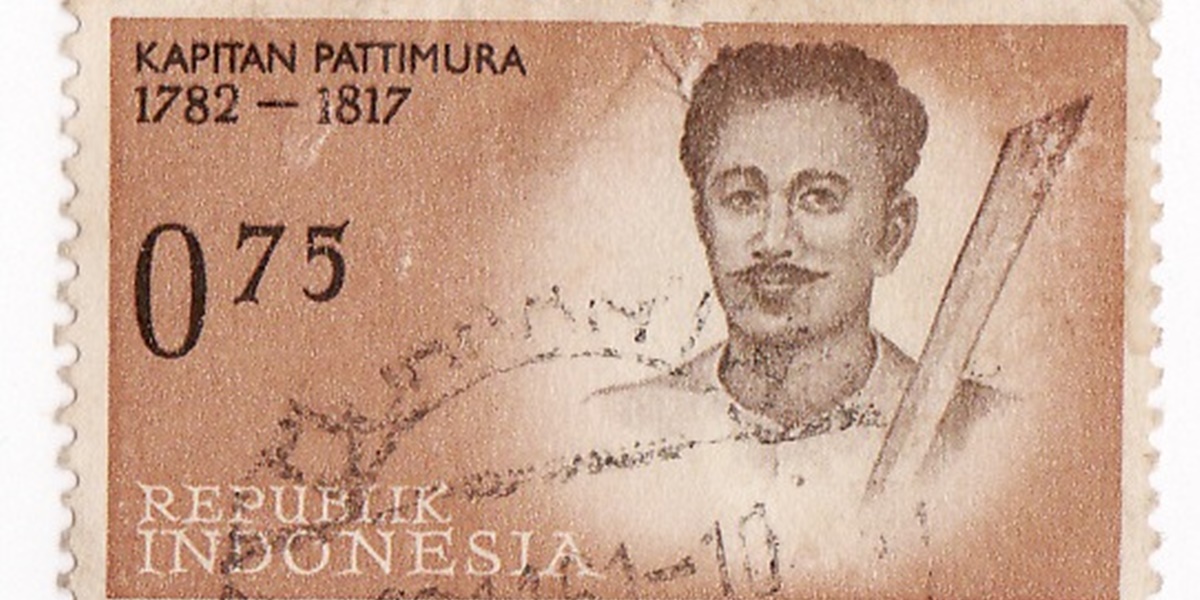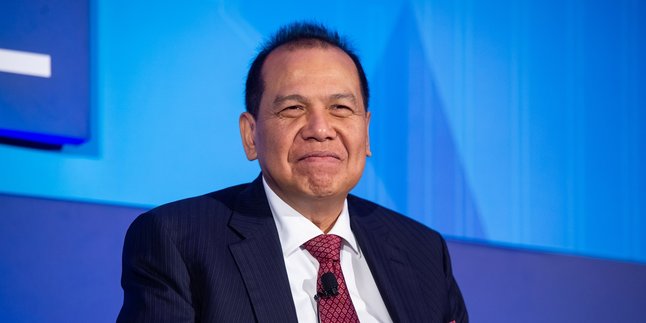Kapanlagi.com - The independence of Indonesia that we enjoy today is inseparable from the contributions of the heroes who fought for it. Therefore, it is only right that we remember their contributions. Among the many heroes, Kapitan Pattimura is certainly one of the most well-known. However, only a few people know the story of his life or biography.
Kapitan Pattimura is widely known for his appearance on the Rp1,000 banknote. In the banknote, Kapitan Pattimura is depicted holding a sword. So, what is the story behind the life and struggle of Kapitan Pattimura?
To find out, let us take a look at the summary of Kapitan Pattimura's biography below.
1. Family Background
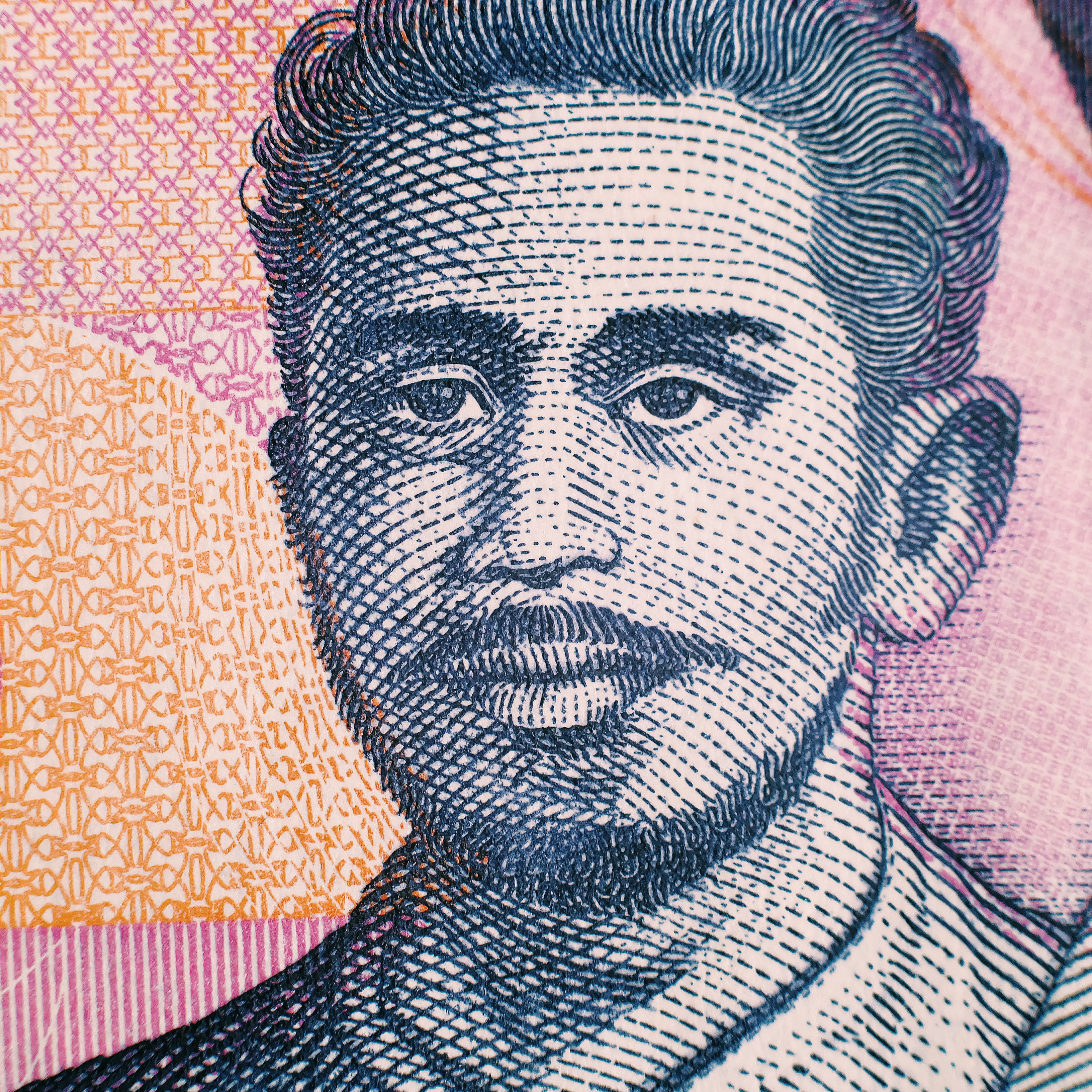
(credit: flickr)
Kapitan Pattimura is known as one of the National Heroes of Maluku. Kapitan Pattimura's birth name is Thomas Matulessy. The birth name was taken from the Bible, because Thomas Matulessy's parents were devout Protestant Christians. Kapitan Pattimura or Thomas Matulessy was born in Haria, Saparua, Maluku, Dutch East Indies, on June 8, 1783.
Thomas Matulessy's father was named Frans Matulessy, while his mother was Fransisna Silahooi. Thomas Matulessy also had an older brother named Yohanis Matulessy. Various sources mention that Thomas Matulessy was of noble descent.
2.
The story of Kapitan Pattimura's struggle as a hero began when he joined the British Military. It all started during the period of Dutch power takeover by the British in 1810. At that time, the British were considered more lenient in governing the people.
One day, the British government announced that Maluku youths would be included in the military unit. Without hesitation, Thomas Matulessy and some of his friends immediately signed up. At that time, Thomas Matulessy thought that by joining the military, he could help protect the Maluku people in the British territory from the Dutch. After all, the military personnel would be stationed in Ambon.
Thomas Matulessy was one of the few youths who successfully joined the British military. From the beginning of his training, Thomas Matulessy began to show above-average skills, abilities, and capabilities. Therefore, his military career was considered to be soaring. Quickly, Thomas Matulessy was promoted until he was trusted to become the leader of his unit.
In total, Thomas Matulessy joined the British military for at least seven years. Throughout his career, he had obtained the rank of Sergeant Major.
3. The Origin of the Title and the War Against the Dutch
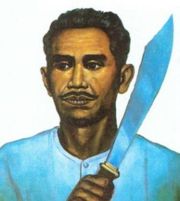
(credit: flickr)
In 1816, the Netherlands once again succeeded in making England surrender. The return of Dutch colonialism was strongly opposed by the people. Since the Netherlands took control again, political and economic conditions continued to deteriorate. Finally, with unwavering determination, the people of Maluku raised arms under the leadership of Thomas Matulessy.
During the war against the Netherlands, Thomas Matulessy was appointed as the Commander who led the course of the war. After becoming the War Commander, the nickname Kapitan Pattimura was first given to Thomas Matullesy. As a war commander, Kapitan Pattimura organized war strategies with the help of several trusted people.
While leading the war, Kapitan Pattimura successfully captured the Duurstede fortress. Many Dutch soldiers died in the battle for the fortress. Unfortunately, the Dutch regained control of the Duurstede fortress only after 3 months. Kapitan Pattimura and his troops had to retreat at that time.
In addition to conducting military operations, while serving as a war commander, Kapitan Pattimura acted by coordinating kings and patih to ensure the governance system, provide education, provide food, and build defense fortresses.
Not stopping there, Kapitan Pattimura also succeeded in uniting the voices of the Ternate and Tidore kingdoms, kings in Bali, Sulawesi, and Java, so that they agreed to fight against the Netherlands. Although in the end, what Kapitan Pattimura did was thwarted by the Dutch with their divide and conquer politics.
4. The End of Kapitan Pattimura's Life
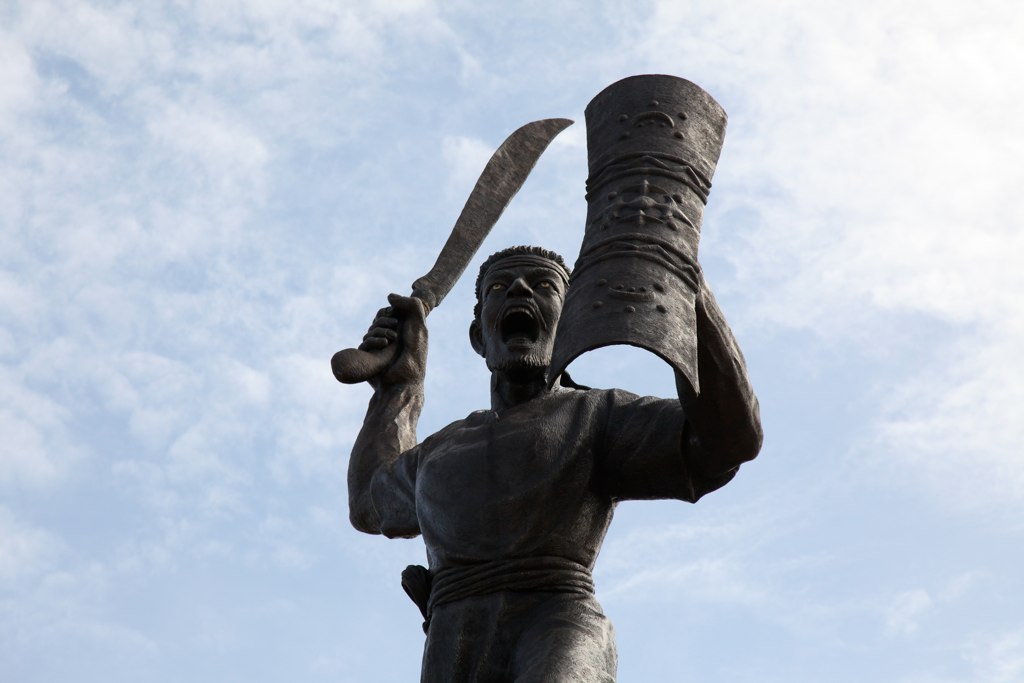
(credit: flickr)
The defeat against the Netherlands caused Kapitan Pattimura to flee for a while. Unfortunately, Kapitan Pattimura's escape was halted when he was finally caught in a house in Siri Sori. After being caught, Kapitan Pattimura and his troops were then taken to Ambon to be tried.
However, before being tried, Kapitan Pattimura was persuaded to join the Dutch government. Each offer was always rejected by Kapitan Pattimura. Because he did not want to follow the Dutch's desire to cooperate, Kapitan Pattimura was finally executed on the gallows on December 16, 1817 in the city of Ambon.
After more than a century had passed, precisely in 1973, the Indonesian Government then established Kapitan Pattimura as a National Hero of the Republic of Indonesia. The establishment was contained in Presidential Decree number 87/TK. The title of National Hero was given by the Indonesian government in honor of his services.
That is a brief biography of Kapitan Pattimura or Thomas Matulessy. Hopefully, it can be useful and increase knowledge!
(kpl/psp)
Disclaimer: This translation from Bahasa Indonesia to English has been generated by Artificial Intelligence.
